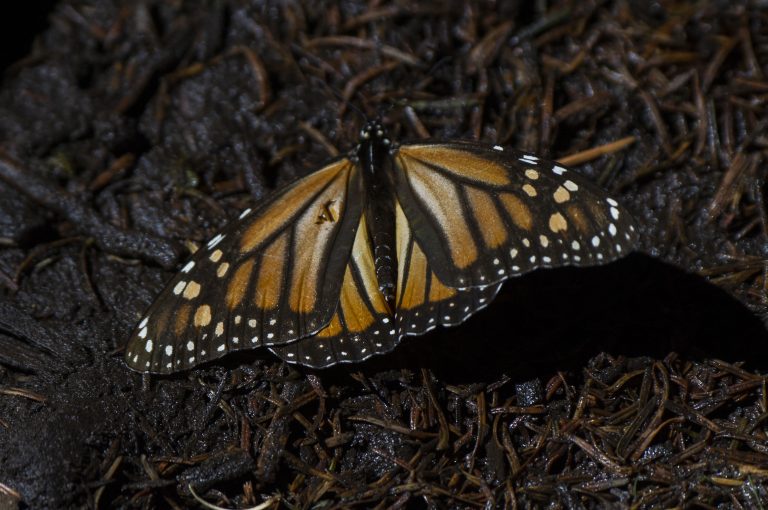On July 21, scientists placed the monarch butterfly on the endangered list due to its plummeting population in the wild.
Stuart Pimm, an ecologist at Duke University, who was not involved in the listing, told the Associated Press (AP) that the butterfly’s population is experiencing a “devastating decline” noting that, “This is one of the most recognizable butterflies in the world.”
The iconic insect, for the first time, was added to the list of endangered species by the International Union for the Conservation of Nature. It has been placed on the “red list” of threatened species and categorized as “endangered” a mere two steps away from being categorized as extinct.
The union estimates that the population of monarch butterflies in North America has plummeted between 22 percent and 72 percent over the past 10 years, depending on the measurement method used.
Nick Haddad, a conservation biologist at Michigan State University, told AP that the aspect of the issue he is most worried about is the rate at which the population of the species is declining. “It’s very easy to imagine how very quickly this butterfly could become even more imperiled,” he said.
Success
You are now signed up for our newsletter
Success
Check your email to complete sign up
Haddad estimates that the species decline in the eastern United States has been between 85 and 95 percent since the 1990s.
Monarch butterflies have the longest migration of any insect species known to science.
After spending the winter in the mountains of central Mexico, the butterfly migrates north, breeding multiple generations along the way, a journey of thousands of miles.
Offspring that reach southern Canada, then begin the long trip back to Mexico by the end of summer.
Anna Walker, a conservation biologist at New Mexico BioPark Society, who was involved in placing the butterfly on the endangered list, told AP, “It’s a true spectacle and incites such awe.”
Smaller populations of the butterfly spend the winter in coastal California, then leave the area in the spring and summer and travel across several states west of the Rocky Mountains. This particular population is experiencing an even more dramatic decline, despite a small bounce back in population last winter.
Emma Pelton, who works with the nonprofit Xerces Society, which monitors western butterflies, says that the butterflies populations have been declining due to the increased use of herbicides and pesticides for agriculture, as well as climate change.
She told AP, “There are things people can do to help,” including planting milkweed, a species of plant that caterpillars depend on.
Monarch butterflies hailing from Central and South America were not placed on the endangered list.
While the U.S. has not yet listed the butterfly under the Endangered Species Act, several environmental groups believe it should be.
Read More:
- New Report Reveals Shocking State of Australia’s Environment
- China’s Epidemic Prevention Staff Getting Heatstroke From Sweltering Temperatures as Casualties Rise
- 900 Million People in China Affected by Heat, Power Cuts as Sweltering Temperatures Break 111 Degrees
Alarming decline in insect populations
Habitat loss, pesticide and herbicide use and climate change are what scientists are saying is causing a global decline in insect populations.
In 2019, Biological Conservation reported that 40 percent of all insect species are declining globally and a third of them are endangered.
Insects are integral to a healthy environment. They pollinate plants, break down waste in forest soil and form the basis of the food chain that other , larger animals — including humans — rely upon.
Environmental writer Oliver Milman told NPR earlier this year that earth would be “an extremely dire place to live in” if it was insect free. “You would certainly have mass starvation [and] societal unrest … It’d be a place where there would be rotting feces and corpses everywhere because dung beetles and other insects that break down those materials would be gone.”
According to a U.N. assessment, published in 2019, currently half a million species of insect are under threat of extinction, some as soon as the coming decades.
“The world, our surroundings, would be far quieter, far duller, far drabber without insects. When you start kind of digging down into these figures looking at the research, it’s clear that there’s something seriously amiss … There is a consistent decline in most insect populations, and that spells major trouble for them but also for us,” Milman told NPR.







